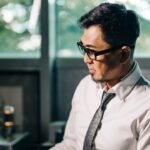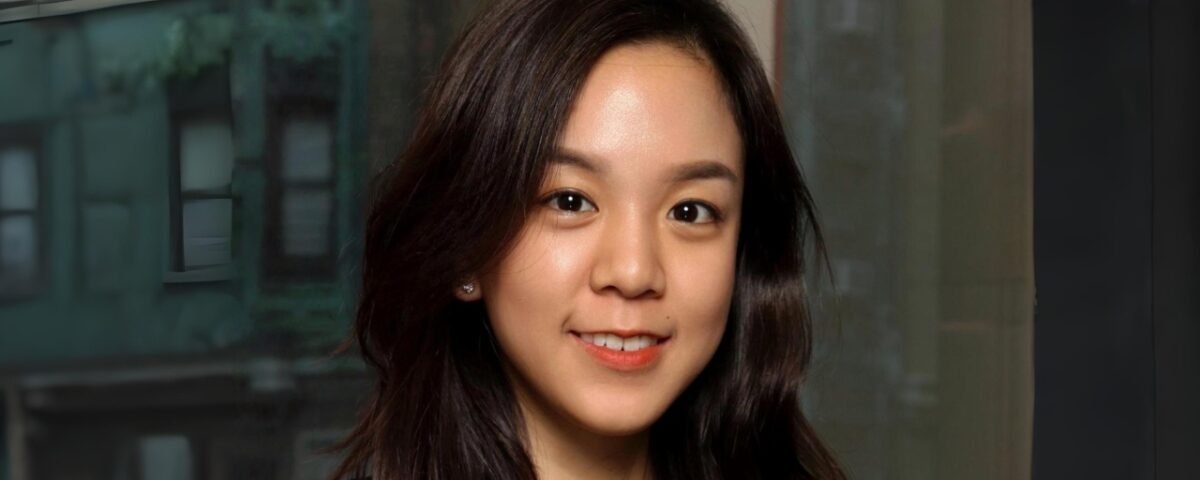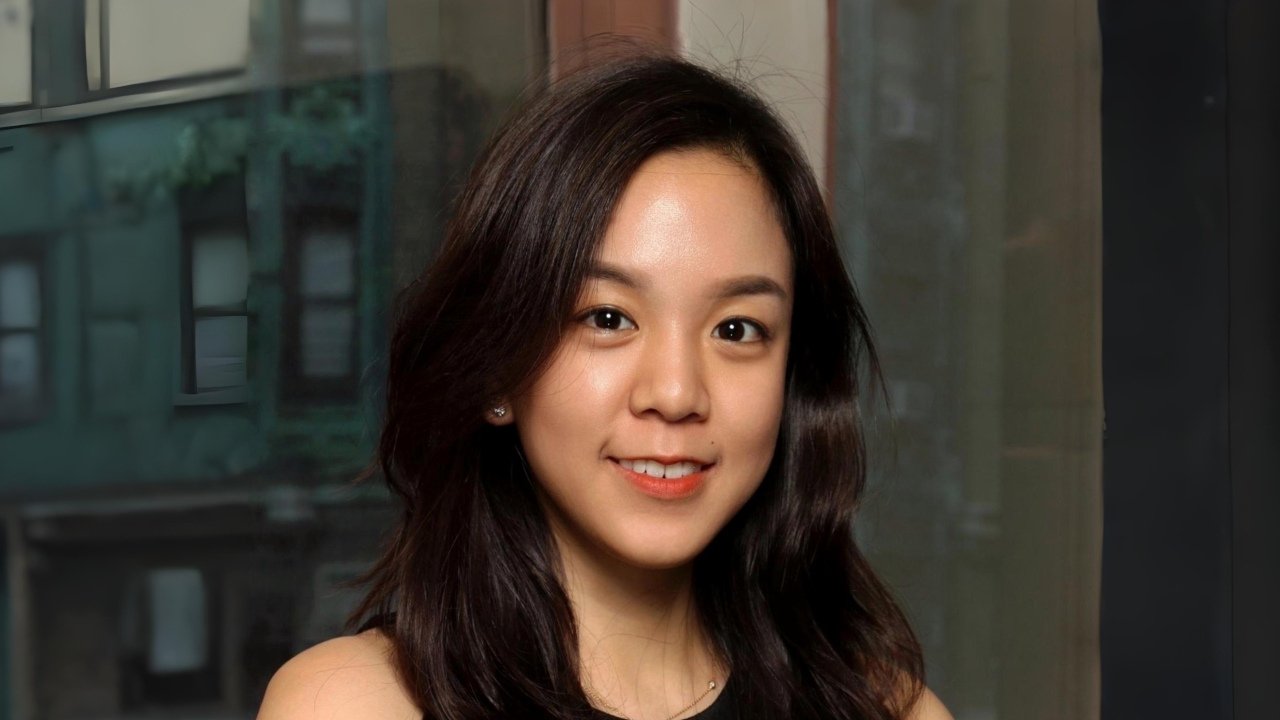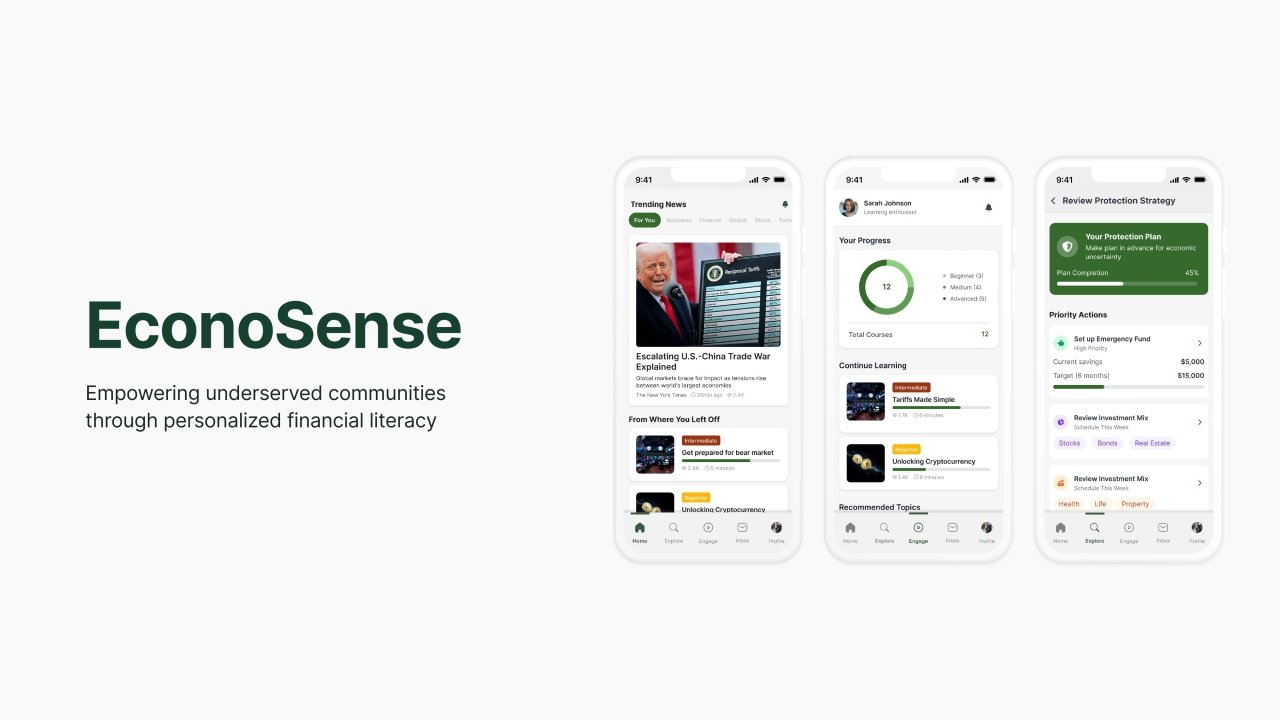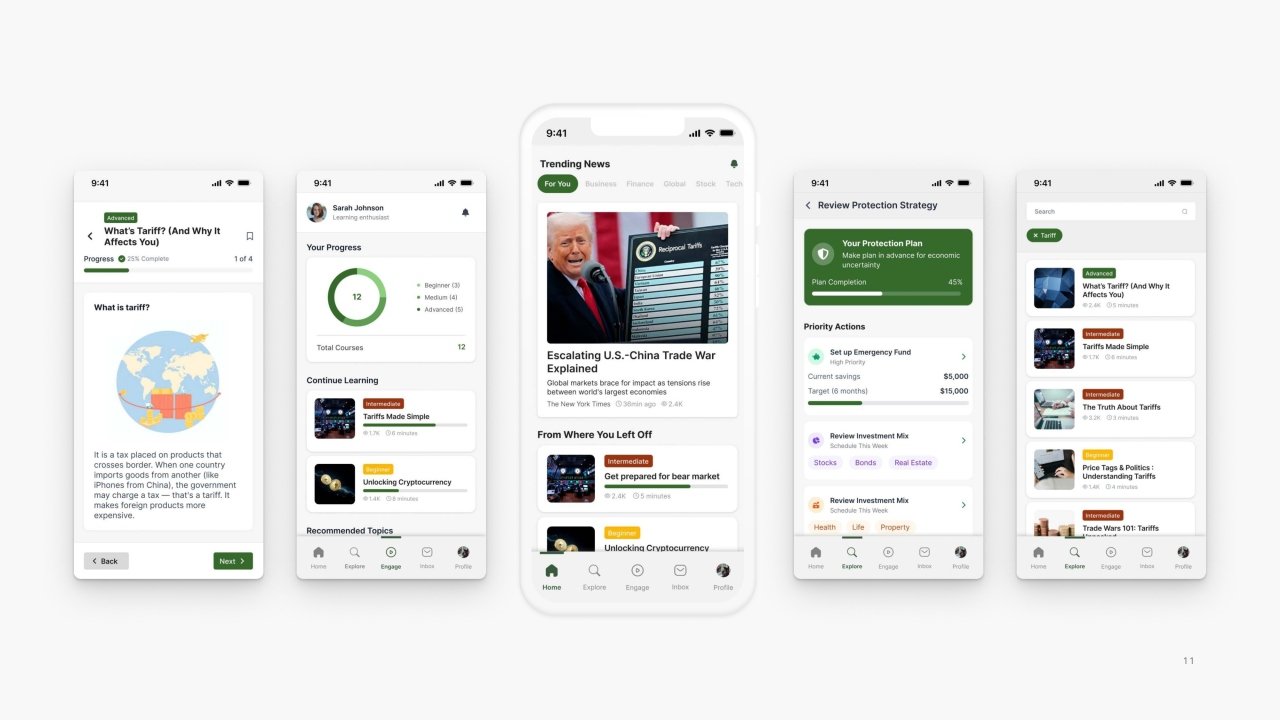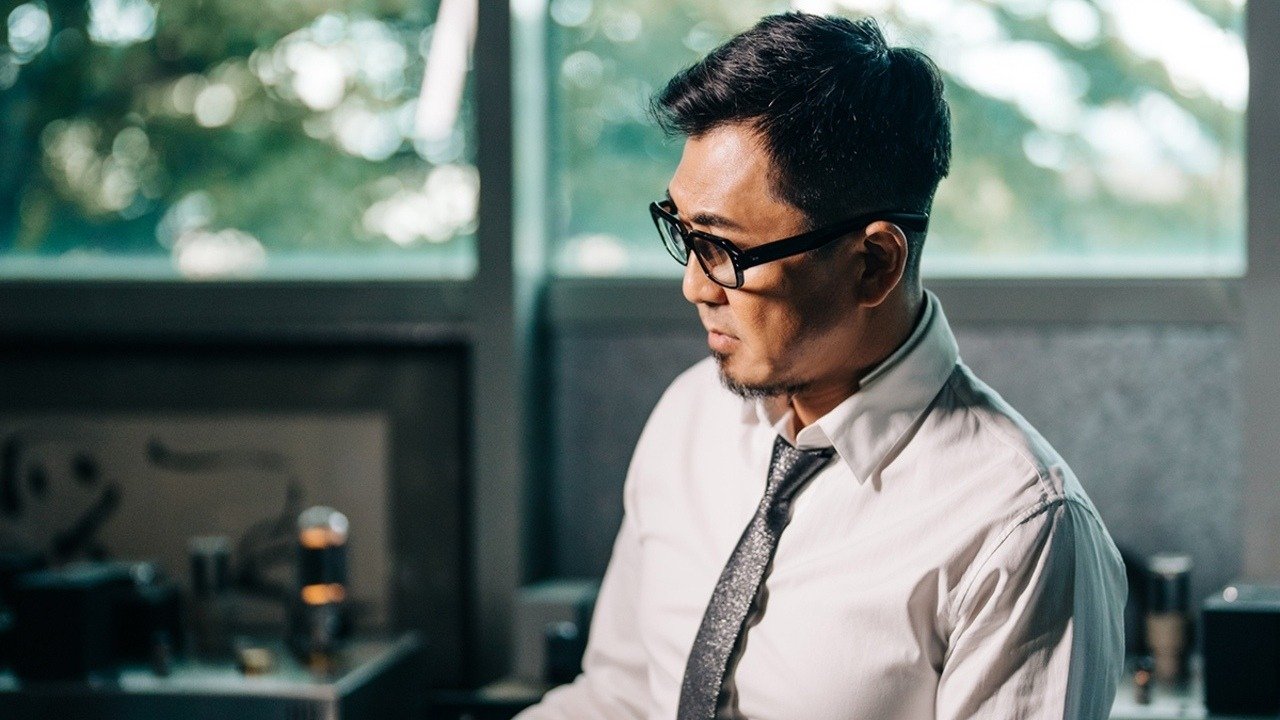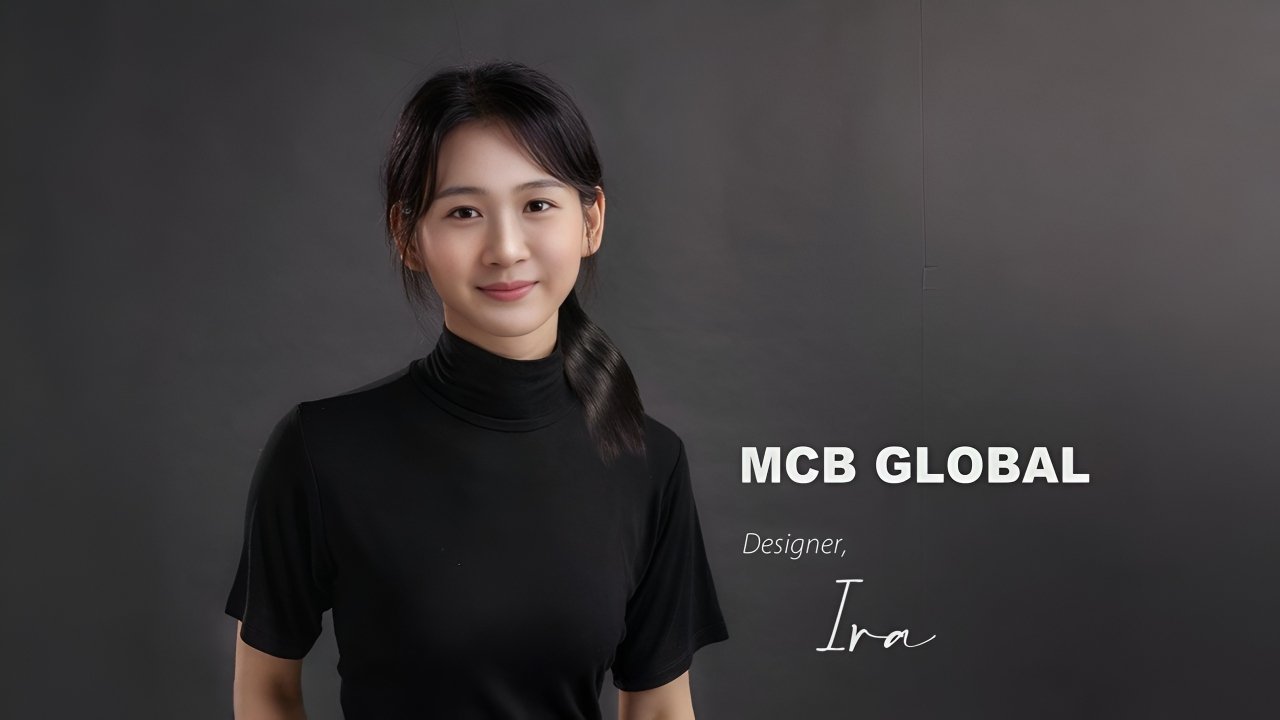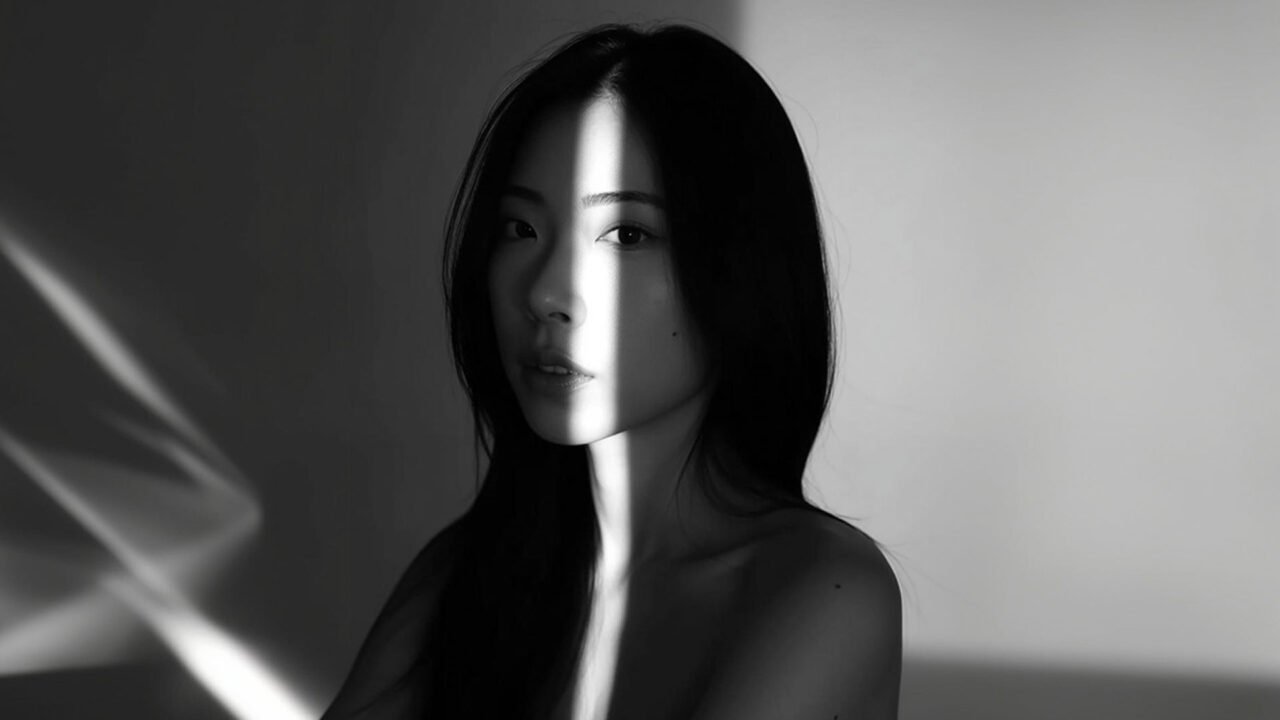1Congratulations on winning the London Design Awards! Can you introduce yourself and share about what inspired you to pursue design as a career?
Thank you—it’s an honour. My name is Joanna (Yeejung) Yoon, and I’m a UX Designer specialising in financial services. I was drawn to design because of its unique ability to transform something complex into something human. Early in my career, I realised that financial systems—so often intimidating or opaque—could be reshaped into experiences that empower everyday people. That challenge of making the complex feel clear, approachable, and even inspiring continues to fuel my work.
2What does being recognised in the London Design Awards mean to you?
Recognition from the London Design Awards validates not only my personal journey but also the importance of design in finance, an industry often overlooked for creativity. It affirms that human-centred design can have a real and measurable impact, even in highly regulated and data-driven environments.
3How has this achievement impacted your career, team, or agency, and what opportunities has it brought so far?
Winning the London Design Awards has been a personal milestone that reinforced my confidence as a designer working in complex industries like finance. It has helped me connect with a wider global design community, sparked new conversations with peers, and encouraged me to continue pushing boundaries in my projects. The recognition also serves as a reminder that design—no matter how technical the subject matter—has the power to be meaningful, human, and award-worthy.
4What role does experimentation play in your creative process? Can you share an example?
Experimentation is central to my work—I see it as the bridge between vision and execution. On EconoSense, my award-winning project, I prototyped multiple approaches to simplify financial headlines for underserved audiences like immigrants and young adults. By testing different storytelling models—from conversational Q&A to data visualisation—I found that personalisation was key. That willingness to experiment shaped the final product.
5What's the most unusual source of inspiration you've ever drawn from for a project?
Oddly enough, New York City subway signs. At first glance, they seem simple—just arrows and colour—but those small design decisions can either guide thousands of people seamlessly or leave them completely lost.
Observing how clarity and consistency (or the lack of it) affect real-world navigation inspired me to rethink how financial dashboards communicate risk. I wanted to create experiences that are as instantly legible as a clear subway sign—where the user immediately knows what action to take next.
6What’s one thing you wish more people understood about the design process?
That design is not decoration—it’s decision-making. Every colour, word, and interaction carries strategic weight. Behind what looks effortless is rigorous research, iteration, and alignment with business impact.
7How do you navigate the balance between meeting client expectations and staying true to your ideas?
I approach it as a dialogue, not a tug-of-war. Clients often bring pressing business needs; I bring empathy for the end-user. By framing ideas around measurable outcomes—like adoption rates or cost savings—I can stay true to my vision while showing how it directly serves their goals.
8What were the challenges you faced while working on your award-winning design, and how did you overcome them?
The biggest challenge was translating economic news into insights without oversimplifying. Many stakeholders worried about accuracy versus accessibility. I overcame this by building a dual-layered experience: a plain-language summary plus a “drill-down” option for users who wanted more depth. This balance satisfied both experts and first-time readers.
9How do you recharge your creativity when you hit a creative block?
I run. Like Haruki Murakami writes in "What I Talk About When I Talk About Running," the rhythm of running is both physical and mental training. It clears my head and often unlocks the clarity I need to design with a fresh perspective.
10What personal values or experiences do you infuse into your designs?
As someone who has navigated life across cultures, I deeply value accessibility and inclusivity. Many of my projects, including EconoSense, are informed by the belief that financial knowledge should not be a privilege but a right. That perspective guides my design choices and ensures I create for users who are often overlooked.
11What is an advice that you would you give to aspiring designers aiming for success?
Learn to quantify your impact. Creativity matters, but in industries like finance, numbers speak. Track adoption, revenue, or time saved—these metrics will tell the story of your value far louder than visuals alone.
12If you could collaborate with any designer, past or present, who would it be and why?
Ludwig Mies van der Rohe—his “less is more” philosophy mirrors my own belief that clarity is the highest form of design, especially in complex fields like finance.
13What's one question you wish people would ask you about your work, and what's your answer?
I wish more people would ask, “How do you measure success in design?”
My answer: by the empowerment of the end-user. If a young adult can understand the impact of an interest rate hike and make a smarter decision for their family because of my design—that’s true success.

